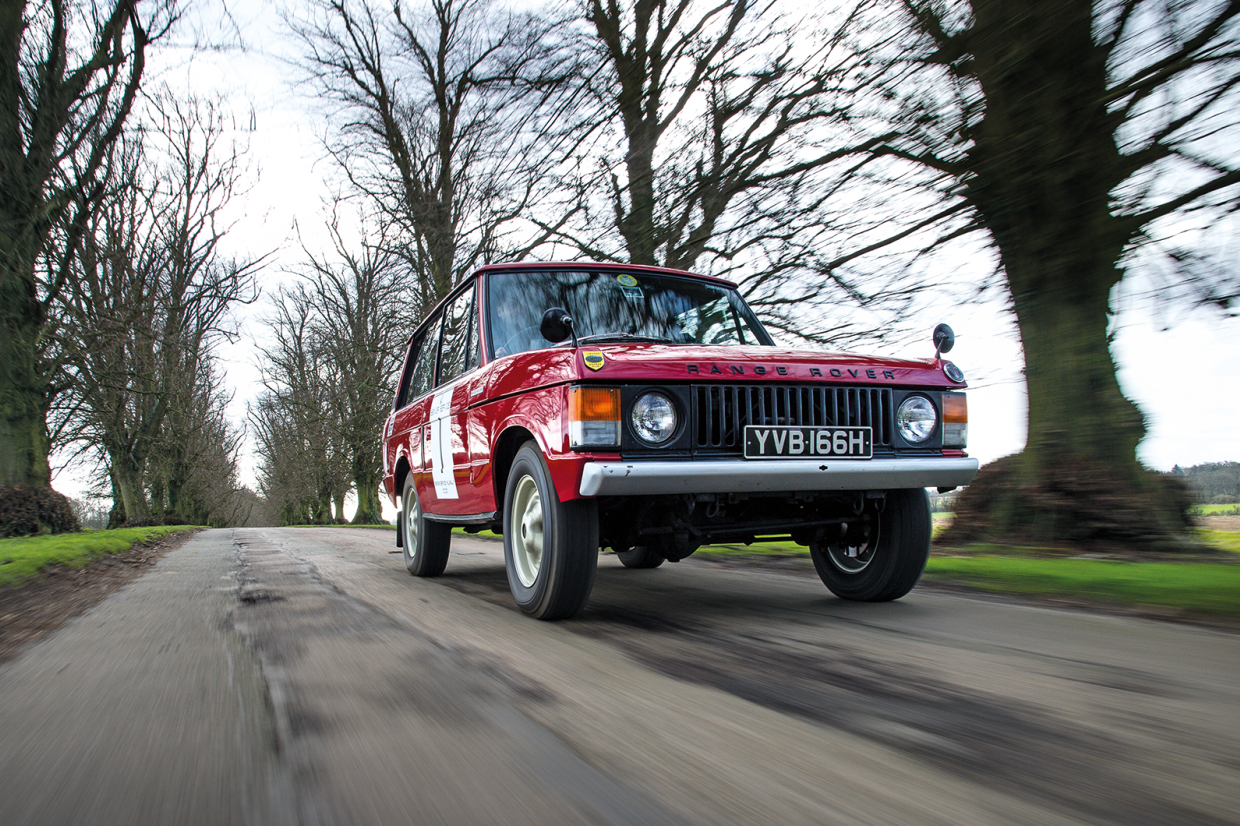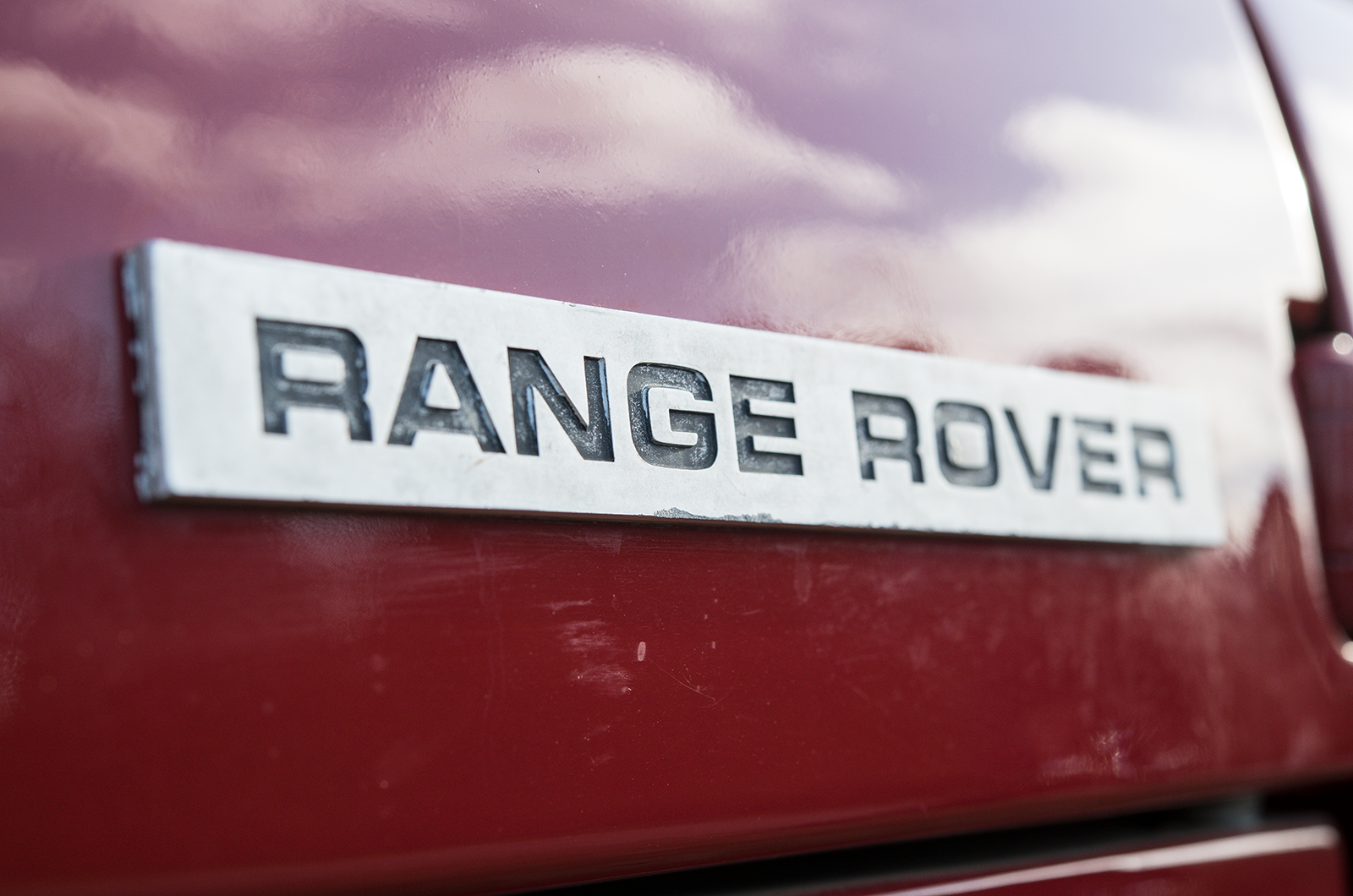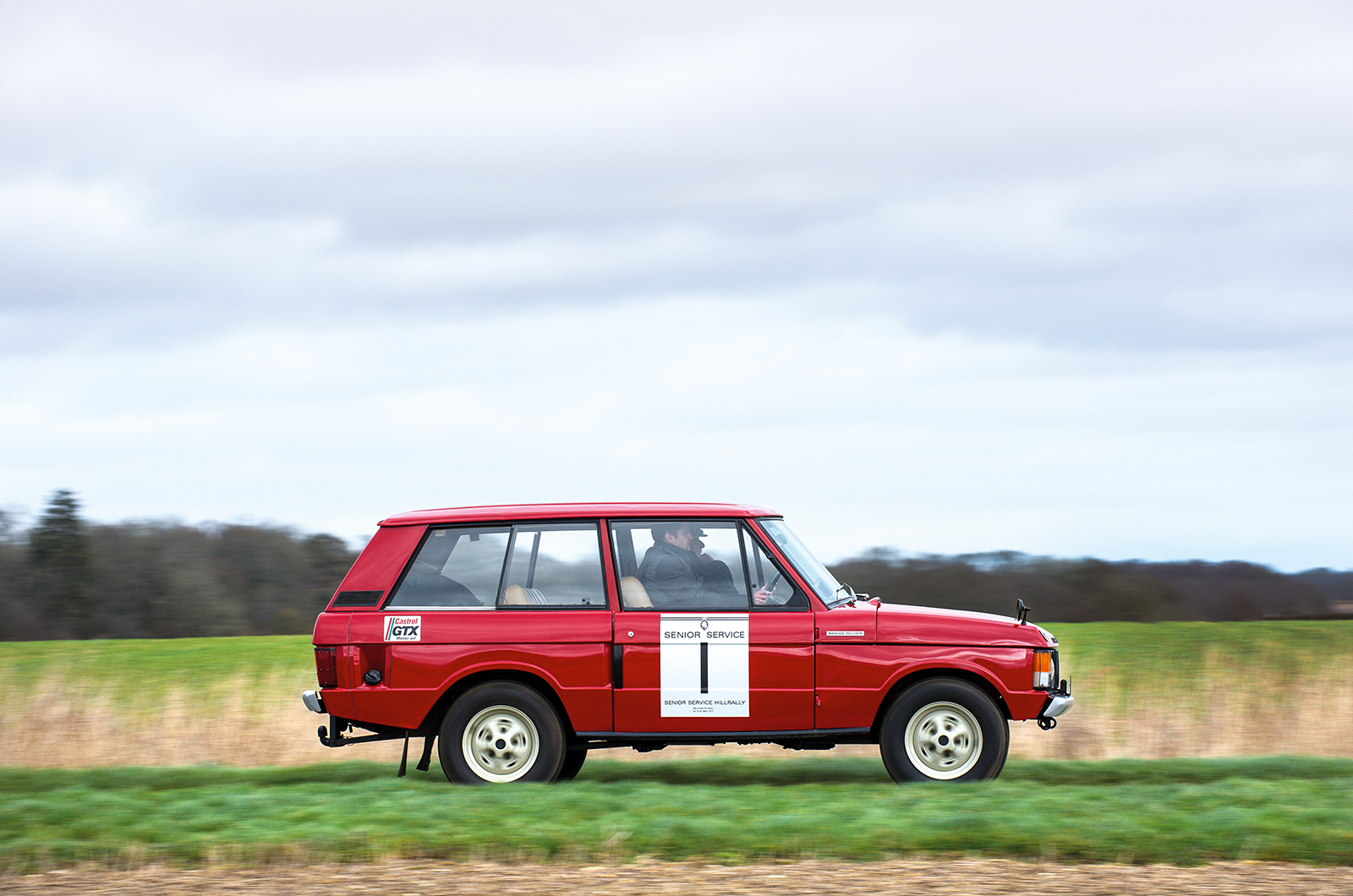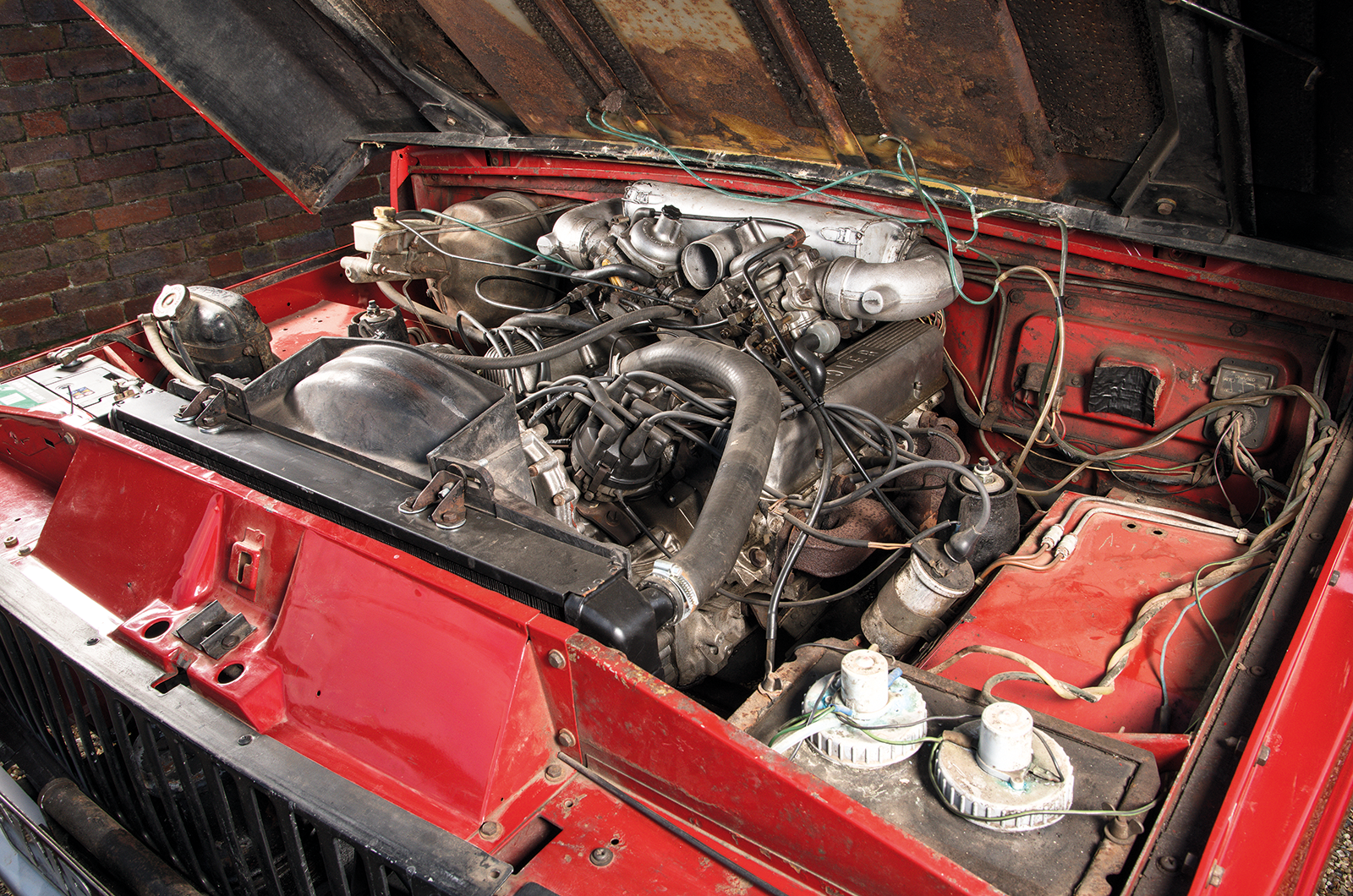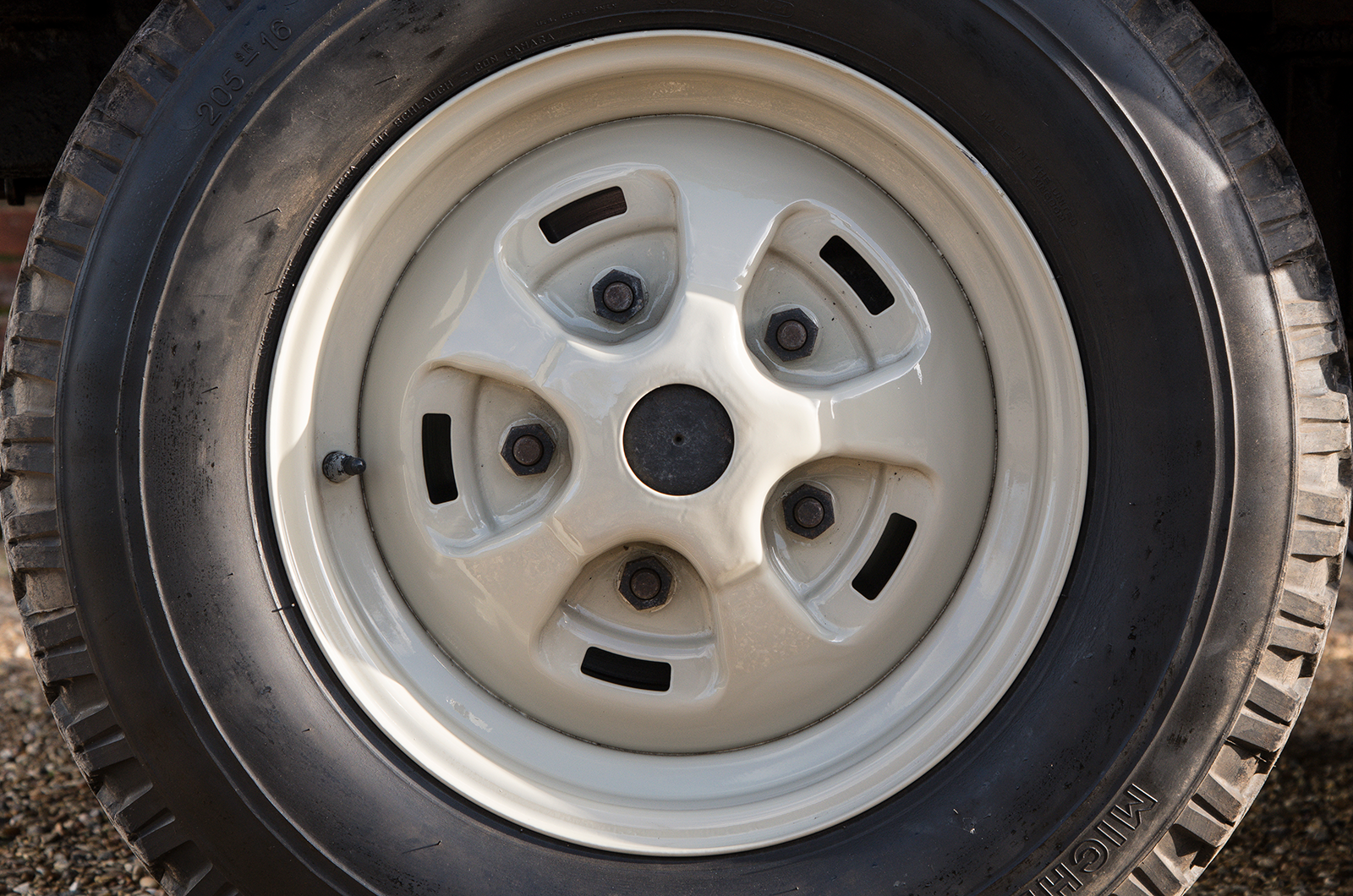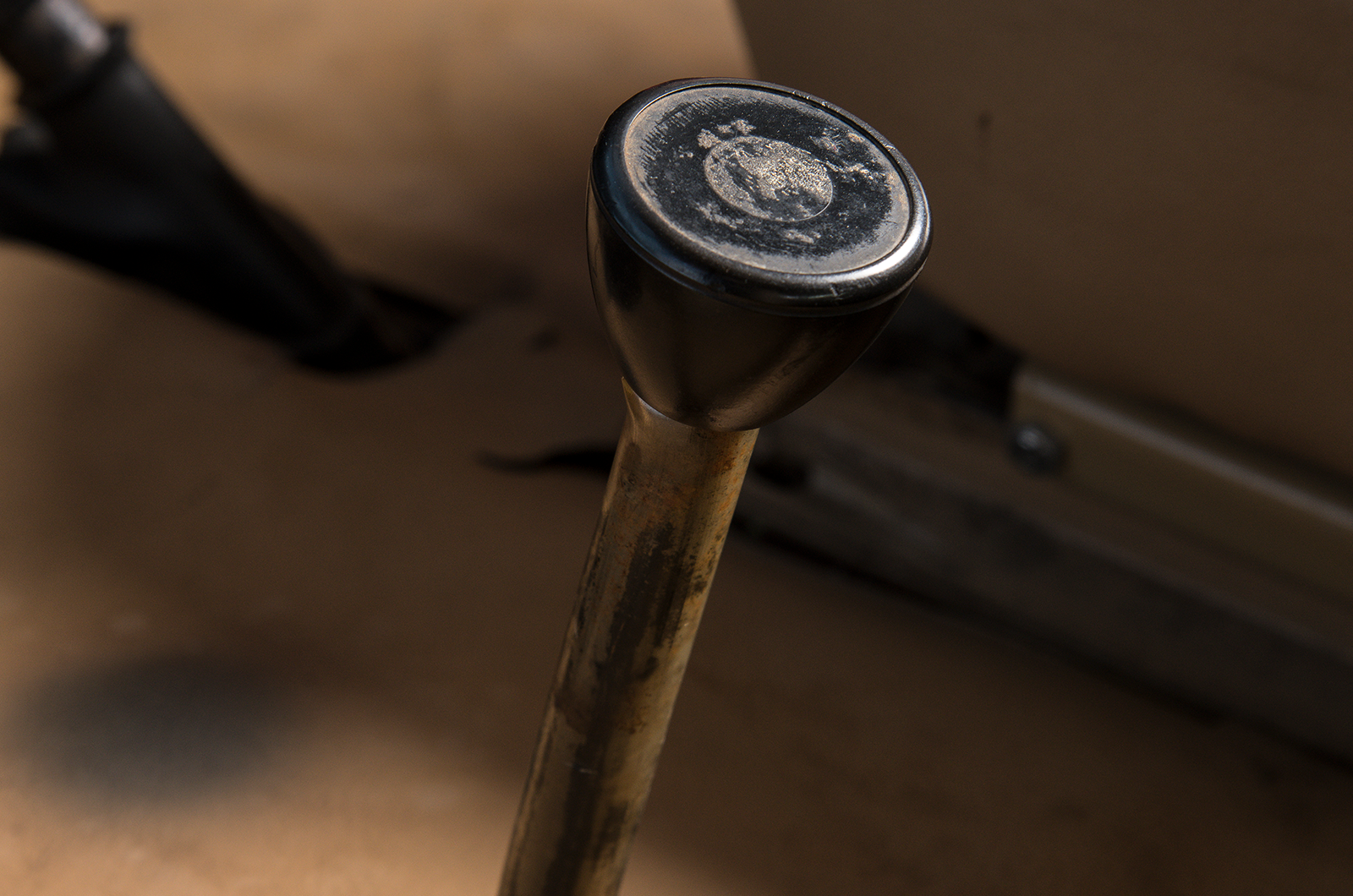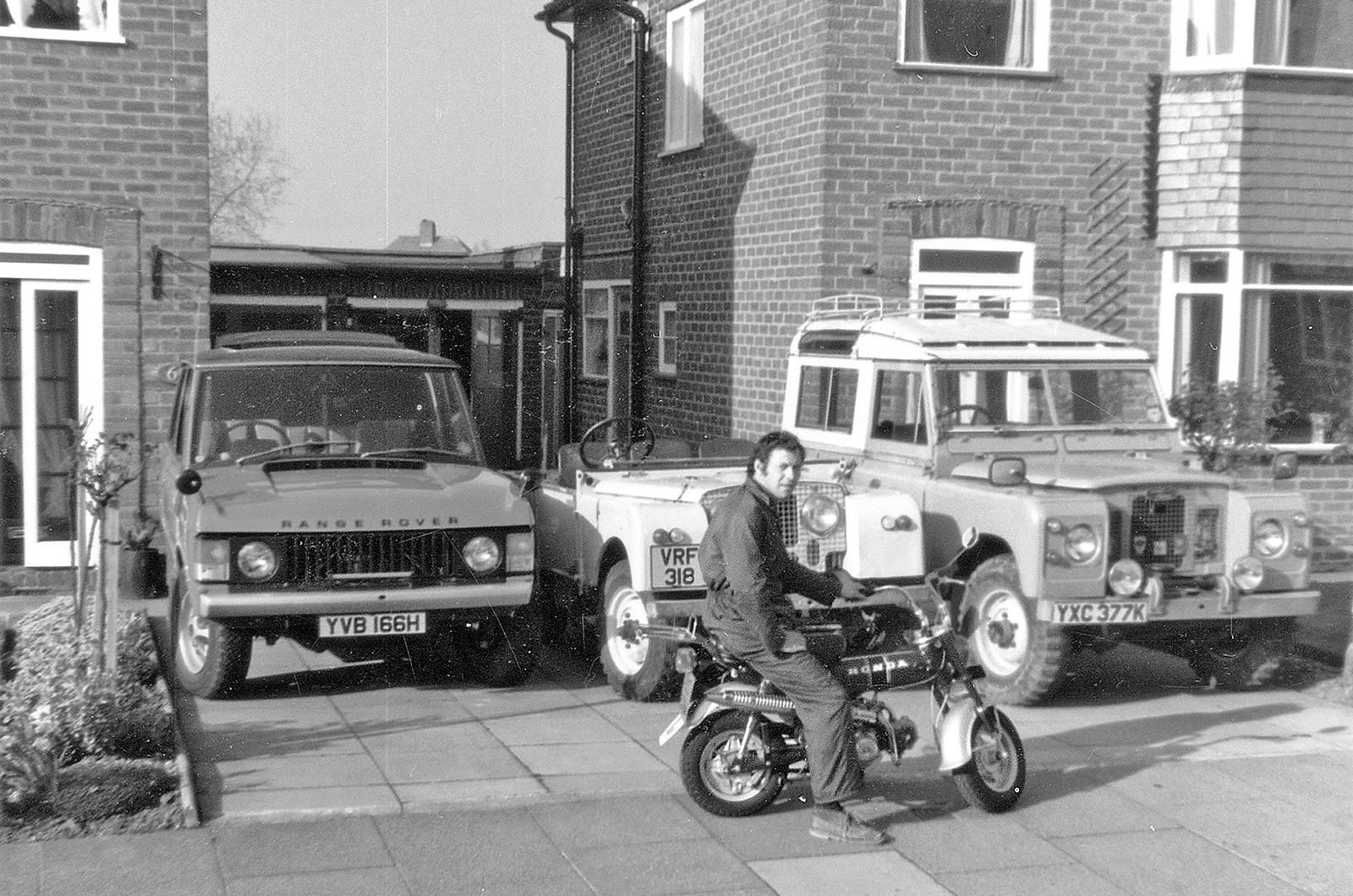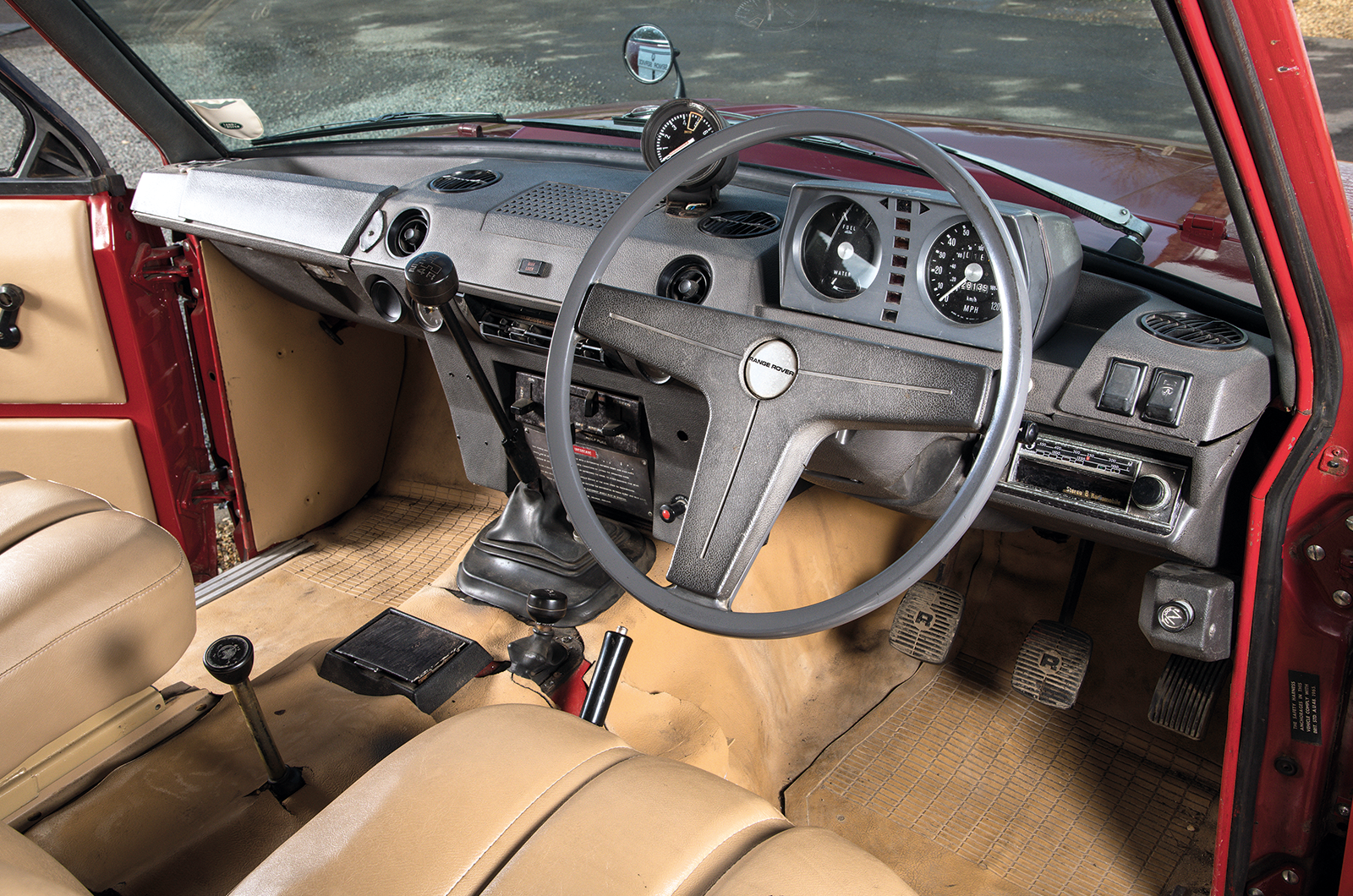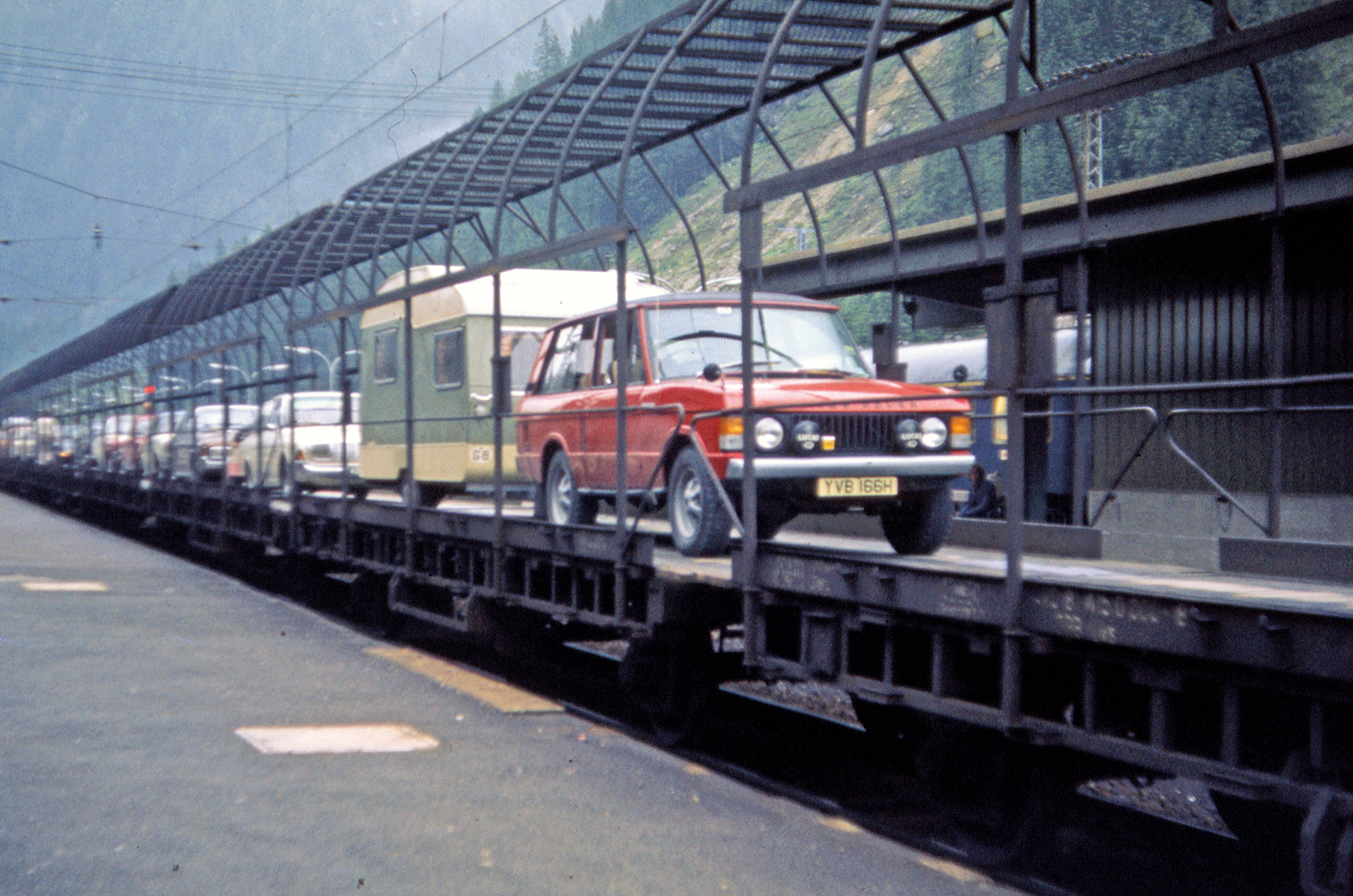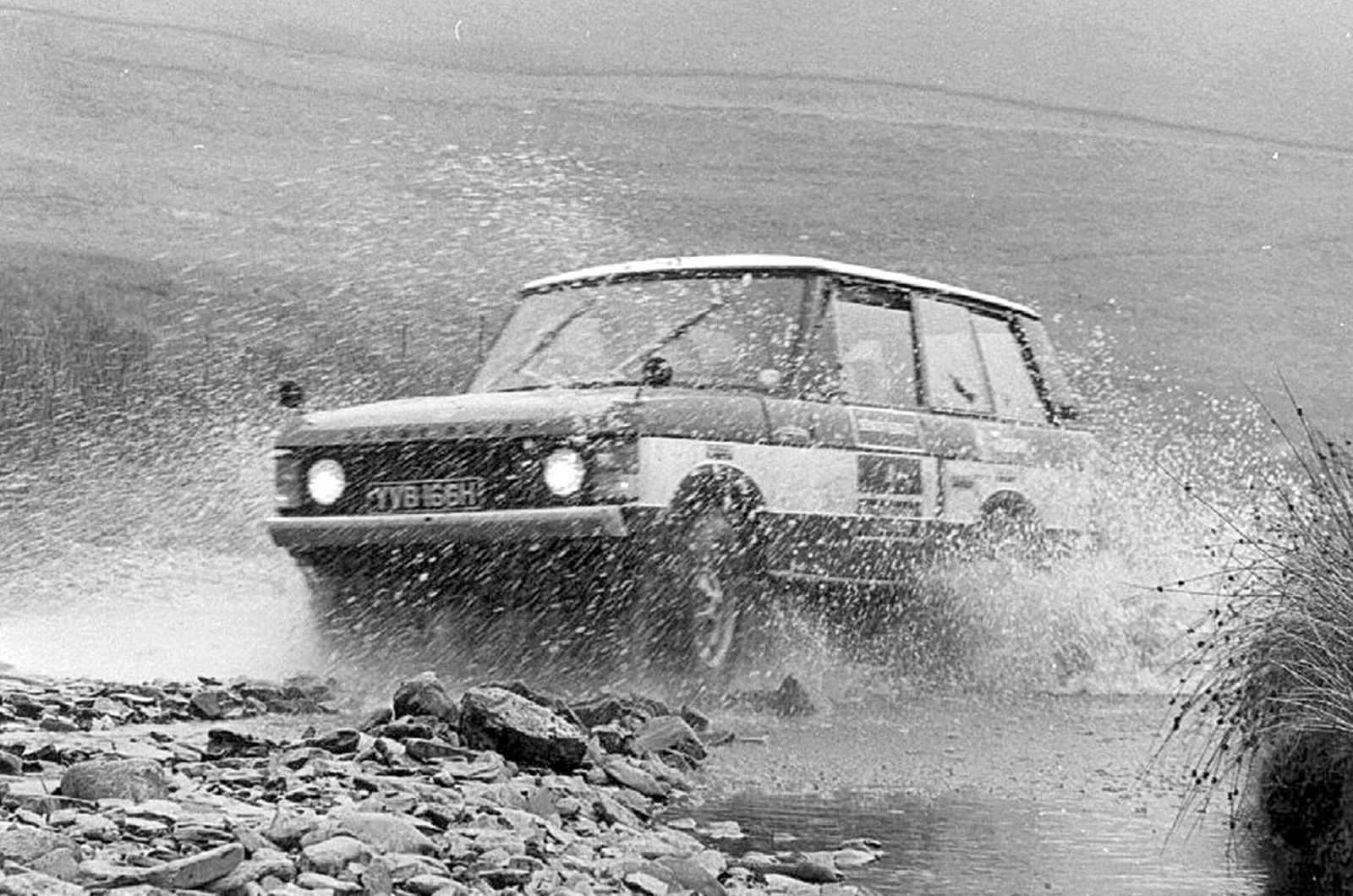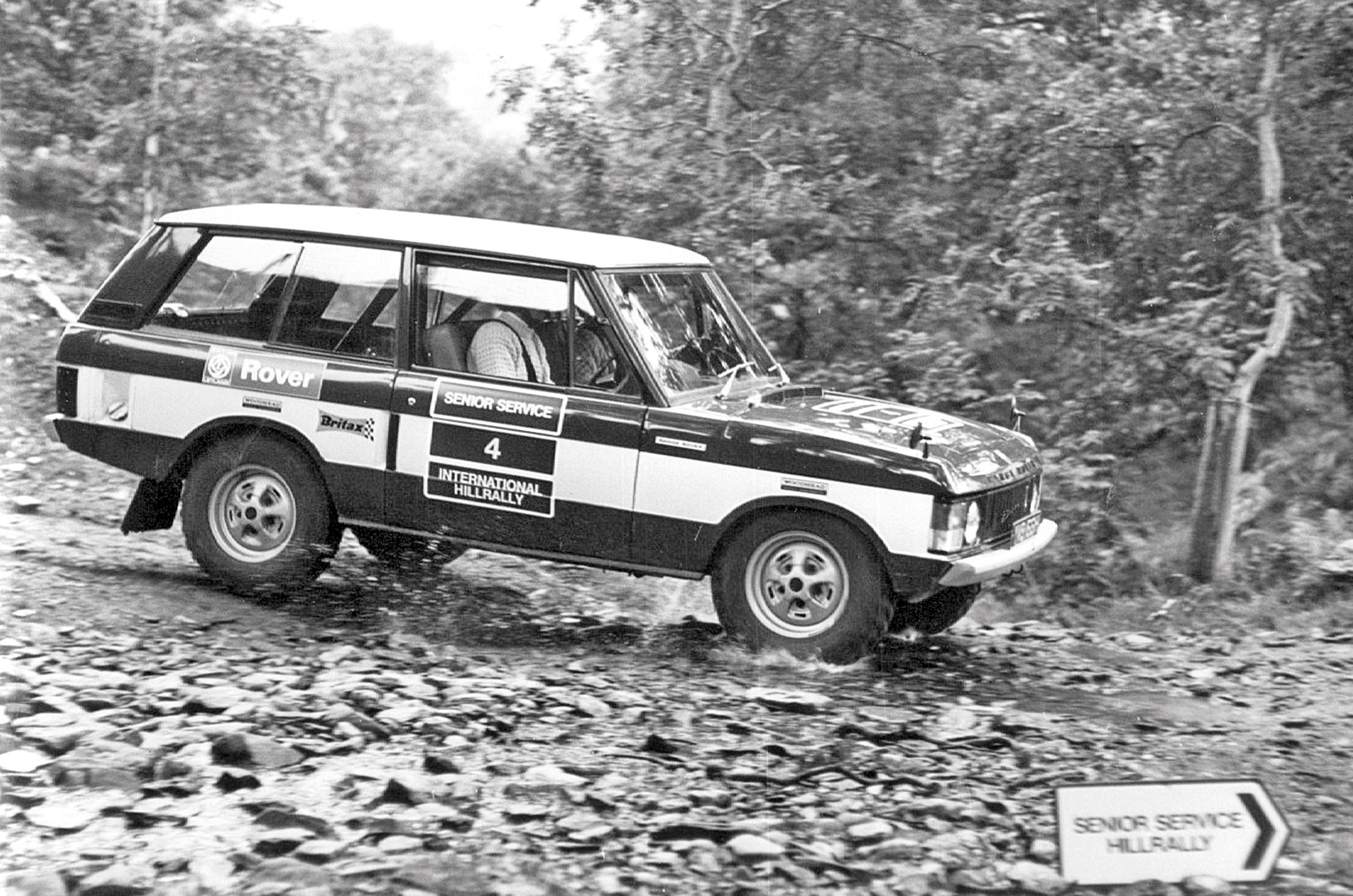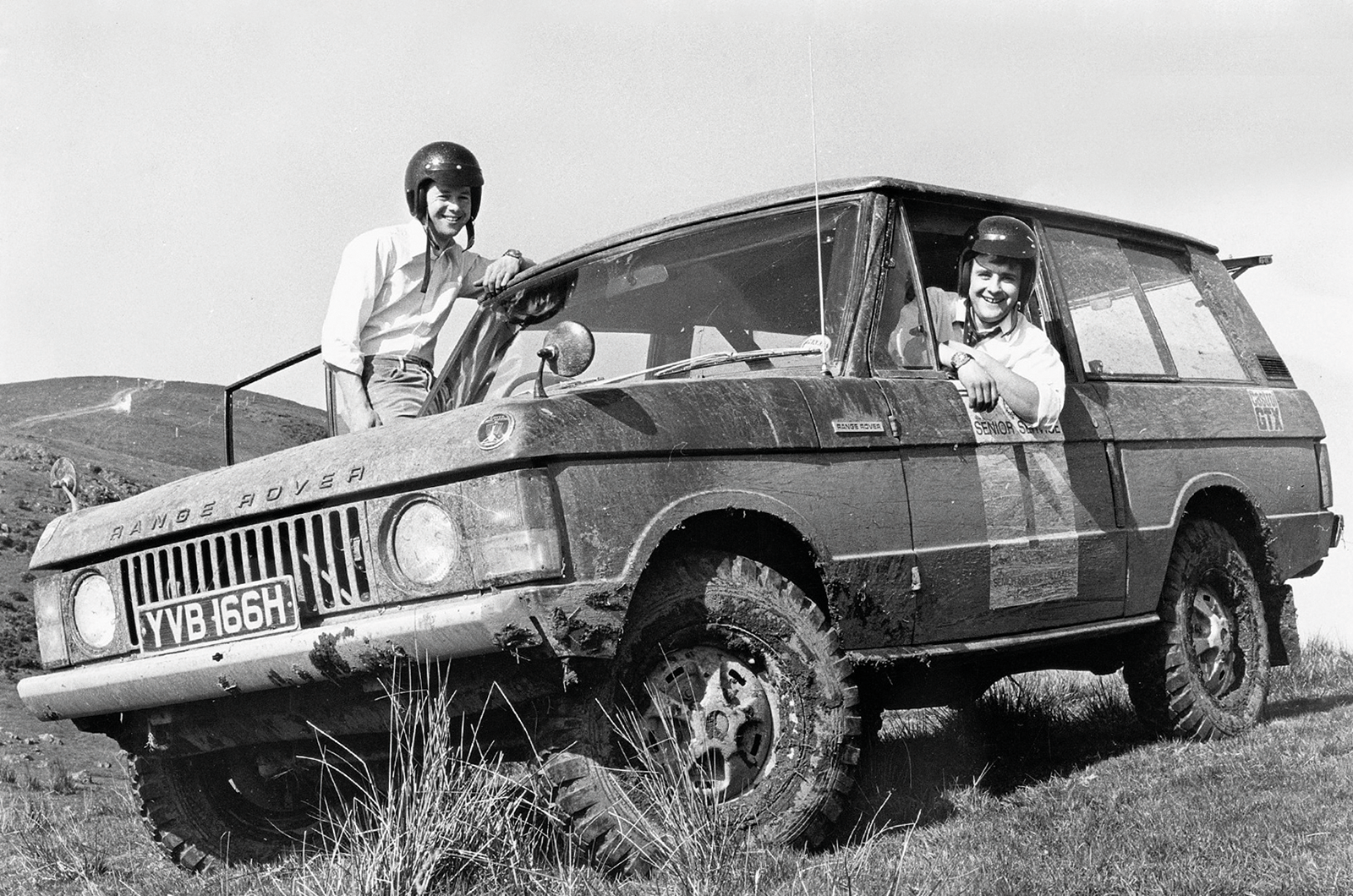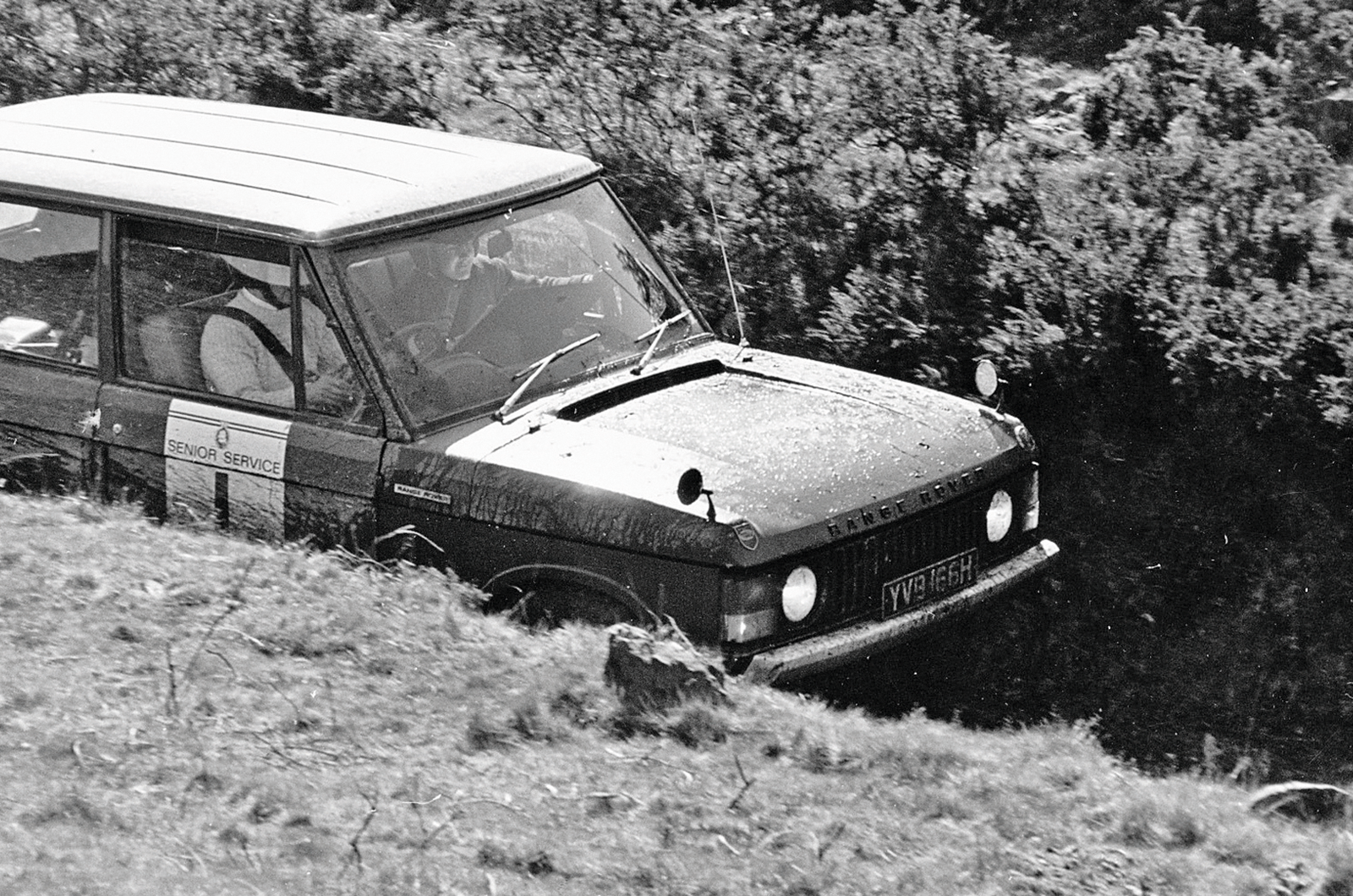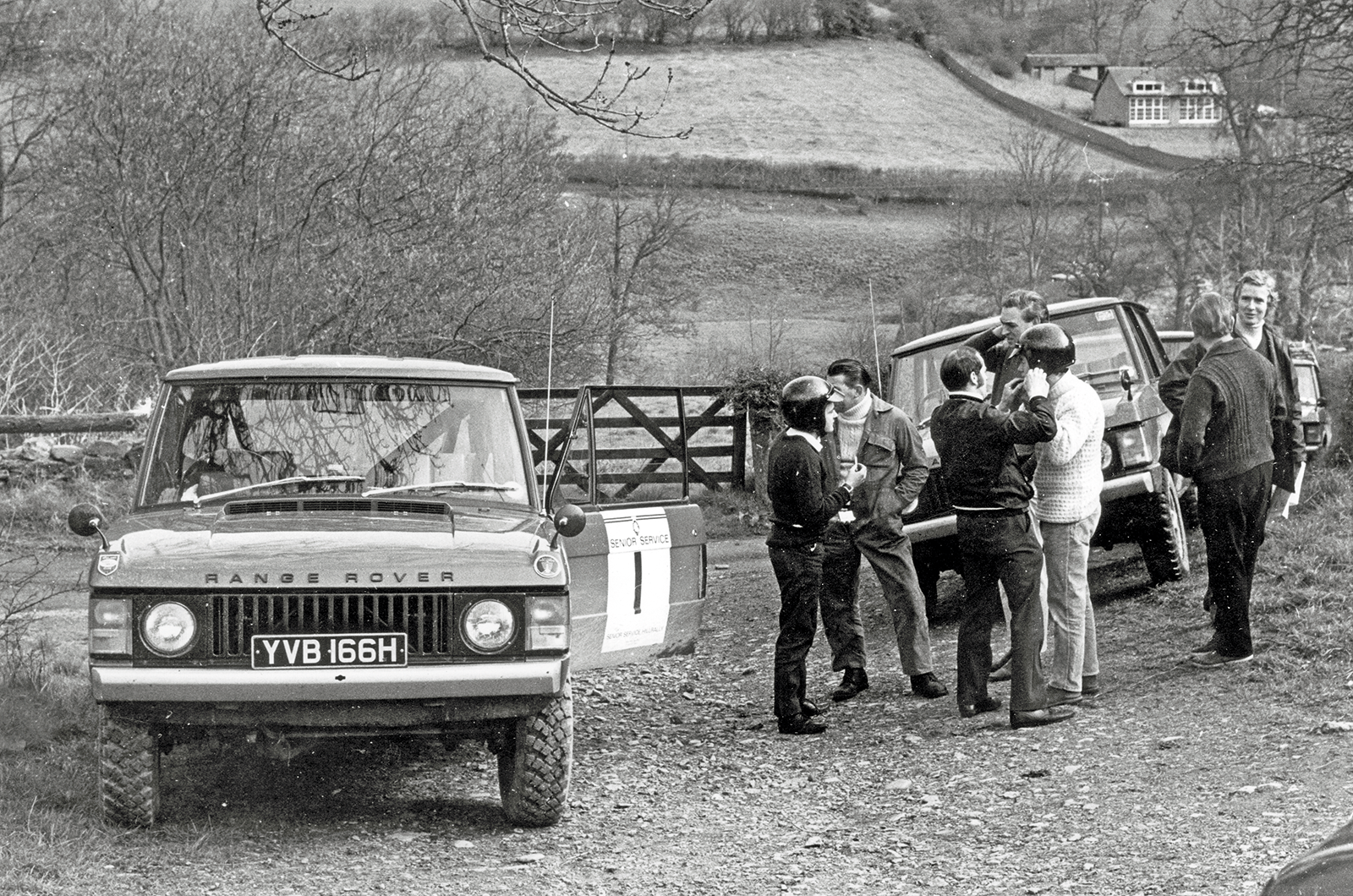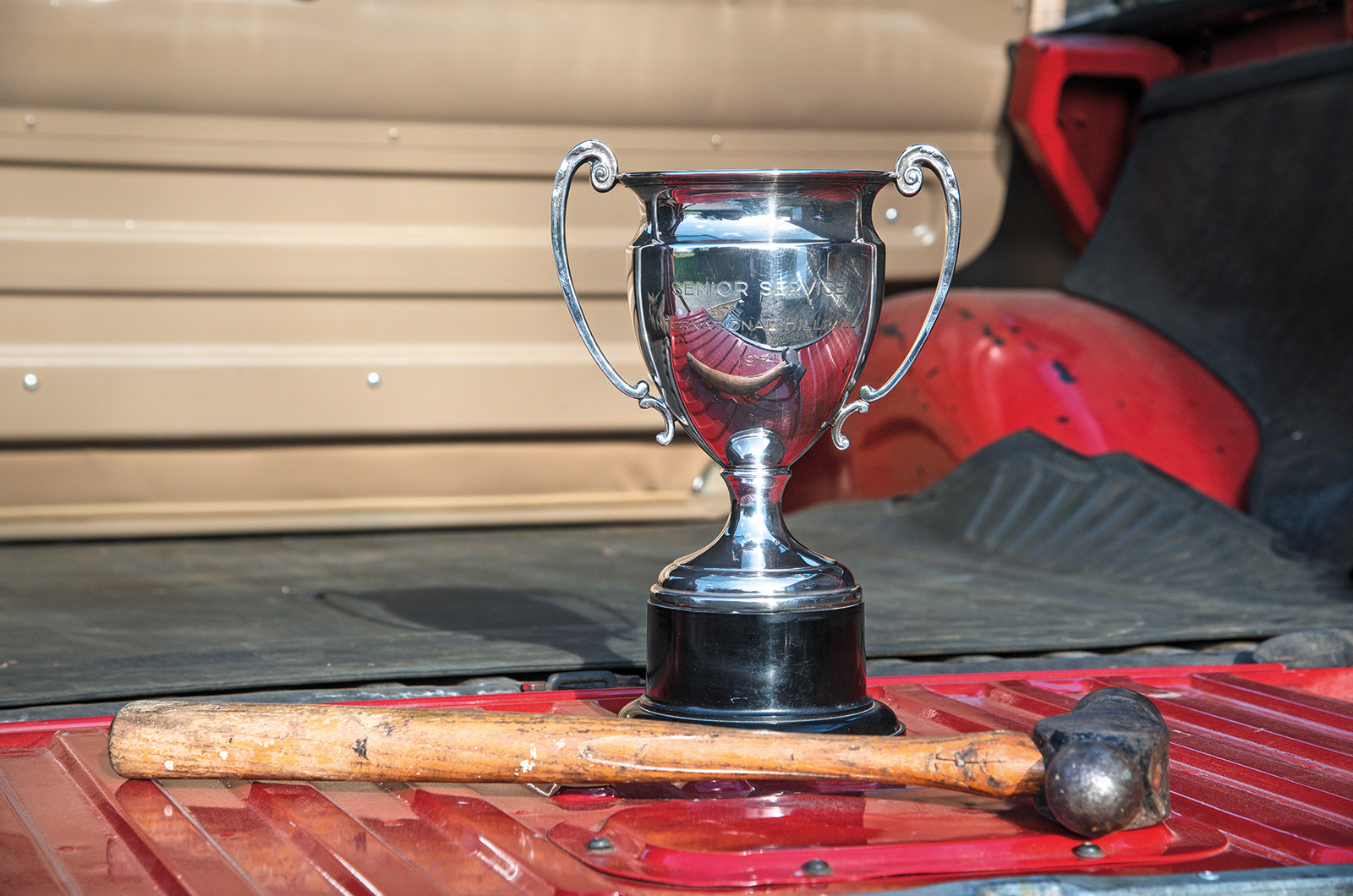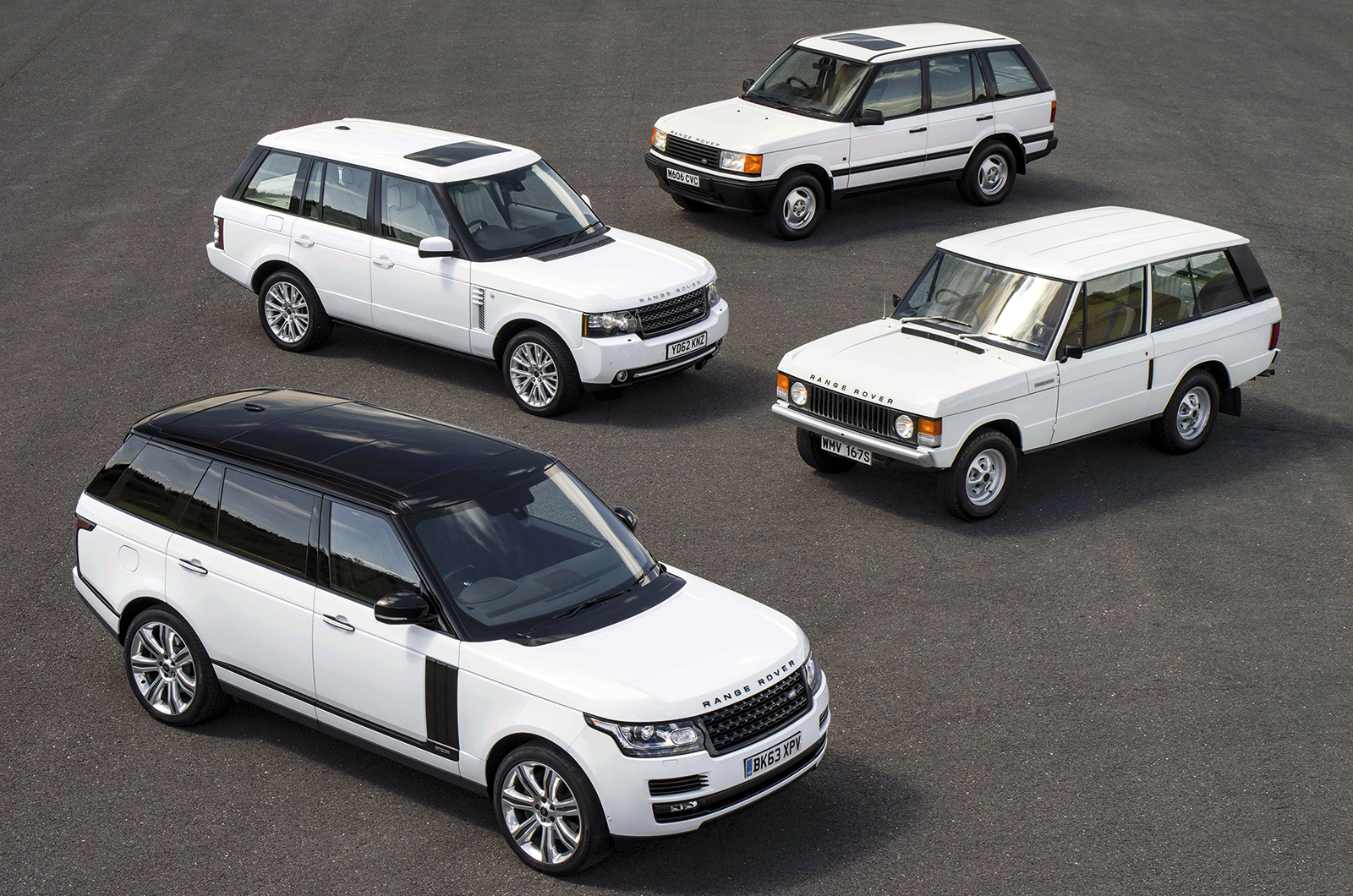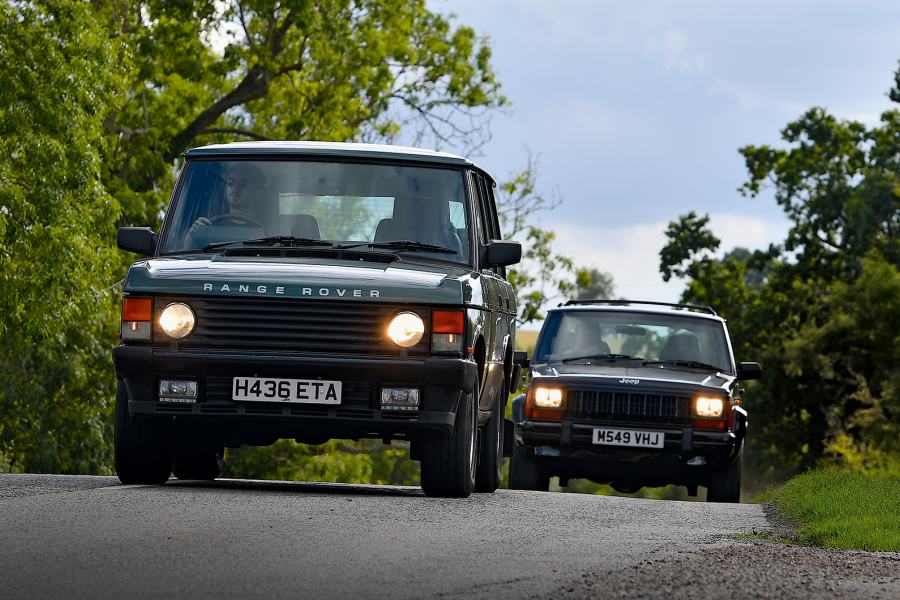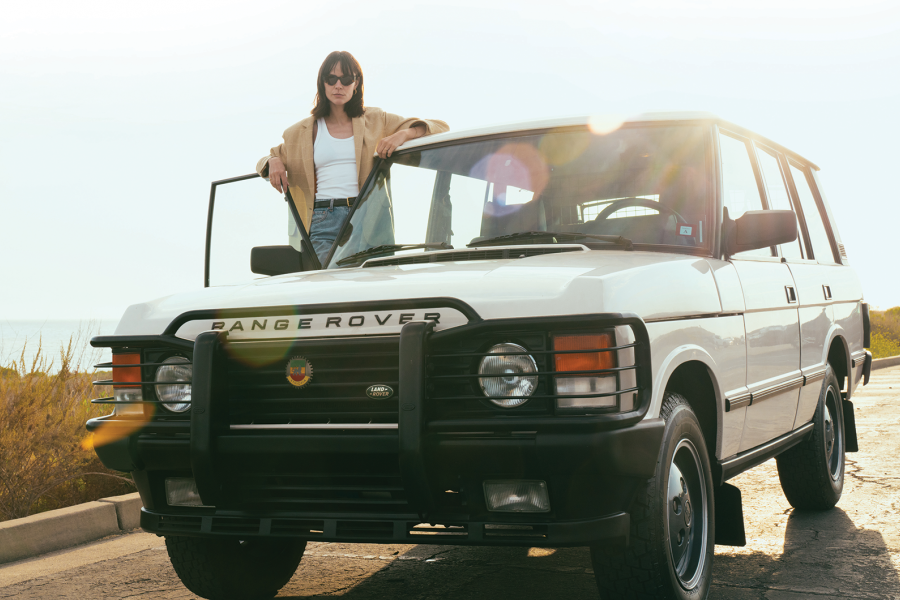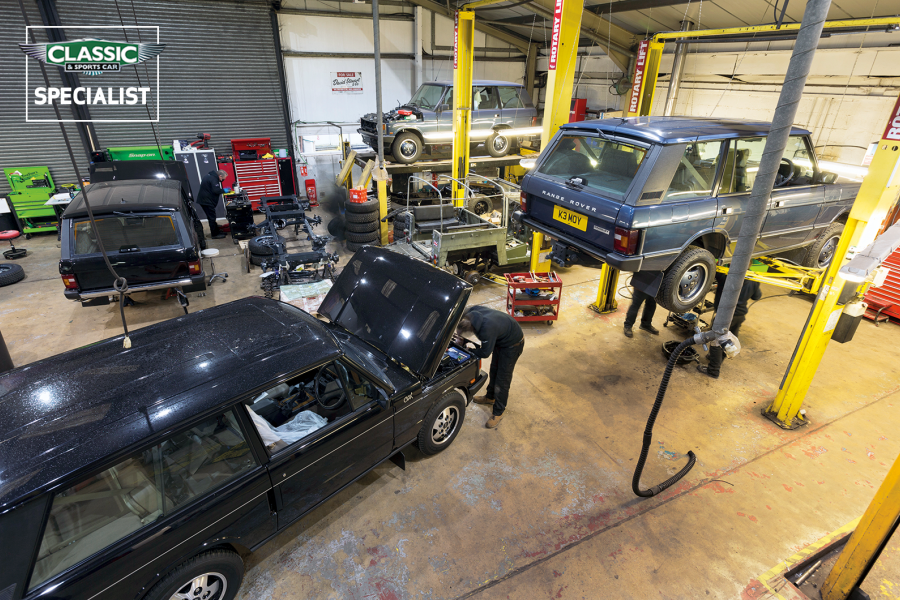It’s a festival of faded black plastic and ‘Palomino’ vinyl, while the lashed-on rev counter signals the paucity of standard-fit niceties in the early days.
Company executives might have been nervous of the Hillrally entry, but the Range Rover was a sensation
But it does offer that lovely feeling of lightness and unfettered visibility you get from older cars with skinny pillars.
The sensation is heightened here by the sheer acreage of glazing and a high seating position that lets you plot the course of that square-set clamshell bonnet with ease.
Once you’re rolling, at least. At manoeuvring speeds, the unassisted recirculating-ball steering takes a little work – though it had been trialled before launch, power steering didn’t make its debut in a production Range Rover until 1973.
The wand-like gearshift has a throw that’s comically long by modern standards, especially across the lateral plane, but docks into each nook with a satisfying ‘thunk’.
The Hillrally Trail Blazers’ Trophy with the all-important hammer
The range selector is quite the opposite – a stubby lever that needs the briefest of pushes to engage – while the centre differential lock is a simple vertical organ stop.
Unusually, there’s also an overdrive lever, which Crathorne fitted during his ownership to more comfortably ease away those touring miles.
Adding the handbrake by your left leg, the area between the seats is a mass of black tentacles, the functions of which have all been subsumed into electronics by the current Range Rover.
From outside there’s a brooding burble from the exhaust, while inside you’re treated to an earthy, metallic churn.
Coil springs give a loping gait on the road, and the later addition of overdrive for the four-speed ’box makes for quieter cruising
The production Range Rover was launched with 135bhp and 205lb ft – good enough not only for serious off-road duties and towing up to 4064kg, but also 0-60mph in an entirely respectable 13.9 secs and a 91mph maximum.
Beddall reports that 166 happily cruises at 70mph, and you can feel the engine’s willingness and keen throttle even at modest speeds.
The servo-assisted disc brakes, shielded at the rear to tackle that early pad-wear issue, are also suitably effective.
It’s easy to fall for this car. The styling is functional but elegant, the powertrain charming and the breadth of ability, from rock-crawling rally-winner to long-distance cruiser, no less remarkable for being half a century old.
Images: Stuart Collins
Range Rover through the ages
- 1965 The concept of a ‘lifestyle’ Land-Rover is first explored
- 1967 ‘100-inch Station Wagon’ project initiated
- 1970 Range Rover launched: 100in wheelbase, two-door body, coil-sprung suspension, separate ladder chassis with live axles, 3.5-litre carburettor-fed petrol V8, four-speed manual gearbox, permanent four-wheel drive, locking centre differential, all-round disc brakes
- 1973 Hydraulic power steering introduced
- 1981 Four-door body launched; luxurious ‘In Vogue’ edition added
- 1982 Automatic gearbox introduced
- 1985 Fuel injection added; Vogue becomes top specification
- 1986 Diesel engine option introduced
- 1987 Range Rover launched in North America
- 1989 3.9-litre V8 and anti-lock brakes introduced
- 1992 108in long-wheelbase ‘LSE’ launched; electronically controlled air suspension and traction control arrive
- 1993 4.2-litre V8 and ‘Autobiography’ customisation introduced
- 1994 ‘Classic’ replaced by P38a Range Rover: 108.1in wheelbase, revised ladder chassis, electronic range selection, 4.6-litre V8 option; BMW ownership begins
- 2000 Ford takes control
- 2002 L322 Range Rover launched: 113.4in wheelbase, monocoque construction with independent air suspension, 4.4-litre petrol V8 and 2.9-litre straight-six diesel supplied by BMW; 500,000th Range Rover built
- 2005 4.2-litre supercharged V8 introduced
- 2006 TDV8 diesel engine and Terrain Response traction programmes arrive
- 2008 Jaguar Land Rover formed under Tata ownership
- 2012 L405 Range Rover launched: 115in wheelbase, all-aluminium bonded shell, 5-litre petrol V8 plus diesel TDV6 and SDV8 engines, Terrain Response 2, electrically assisted power steering, active roll control and adaptive damping
- 2013 122.8in extended-wheelbase variant introduced
- 2014 First hybrid Range Rover, followed by a plug-in hybrid in 2017
READ MORE
Luxury on the farm: Range Rover vs Mercedes G-Wagen
Estates of mind: Triumph PI Estate vs Range Rover
Tested: off-beat soft-roaders
